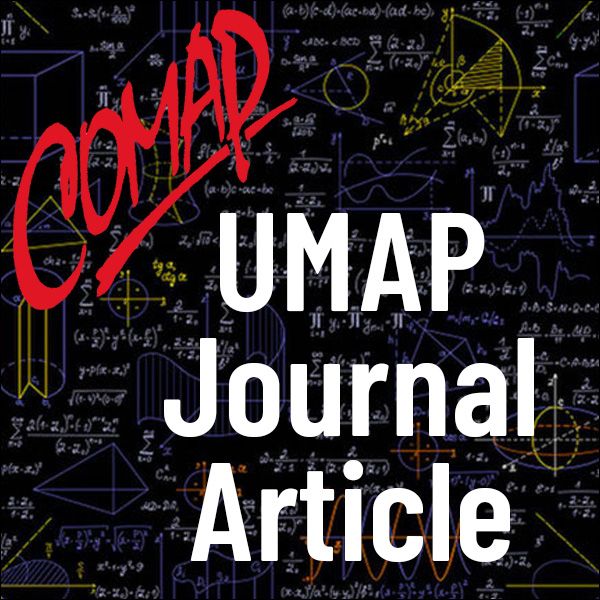The Dynamics of Ski Skating (UMAP)
Author: Kenneth R. Driessel, Philip Fink, Irvin R. Hentzel
We discuss the dynamics of ski skating, in particular, the optimization problem: Maximize average speed for a given power. We begin with a mathematical model of ski skating. To simplify the analysis, we limit our attention to ski skating with no poles on a level plane. We also limit our attention to the physics of ski skating; we ignore most biomechanical considerations. In the early days of skating, ski instructors often said: "Take a long glide on a flat ski." Many skiers interpreted this to mean: "Take a passive glide, then give a short hard push to the side." As an application of our theory, we show that this advice is wrong. We show that the skier should start pushing to the side as soon as possible.
Table of Contents:
ABSTRACT
INTRODUCTION
Traditional Approaches
Our Goal and Outline
PRELIMINARIES
Notation
Newton's Law and Its Consequences
STRAIGHT-LINE SKIING
Model for Constant Snow Friction
Effect of Vertical Motion
SKI SKATING
The Skate Cycle
Constraints
Reducing to a Single Parameter
Average Speed
Optimization
EXAMPLES AND ADJUSTMENT OF MODEL
FINAL MODEL: INTERMEDIATE ATHLETE VS. ELITE ATHLETE
SUGGESTIONS FOR FUTURE WORK
Testing the Theory
Hills
More-General Push Functions
Three Dimensions
Multi-linked Chains
Poling
Friction of an Edged Ski
APPENDIX 1: MEASURING THE DYNAMIC COEFFICIENT OF FRICTION
APPENDIX 2: DIMENSIONAL ANALYSIS
REFERENCES
ACKNOWLEDGMENTS (DRIESSEL)
ABOUT THE AUTHORS

Mathematics Topics:
Application Areas:
You must have a Full Membership to download this resource.
If you're already a member, login here.